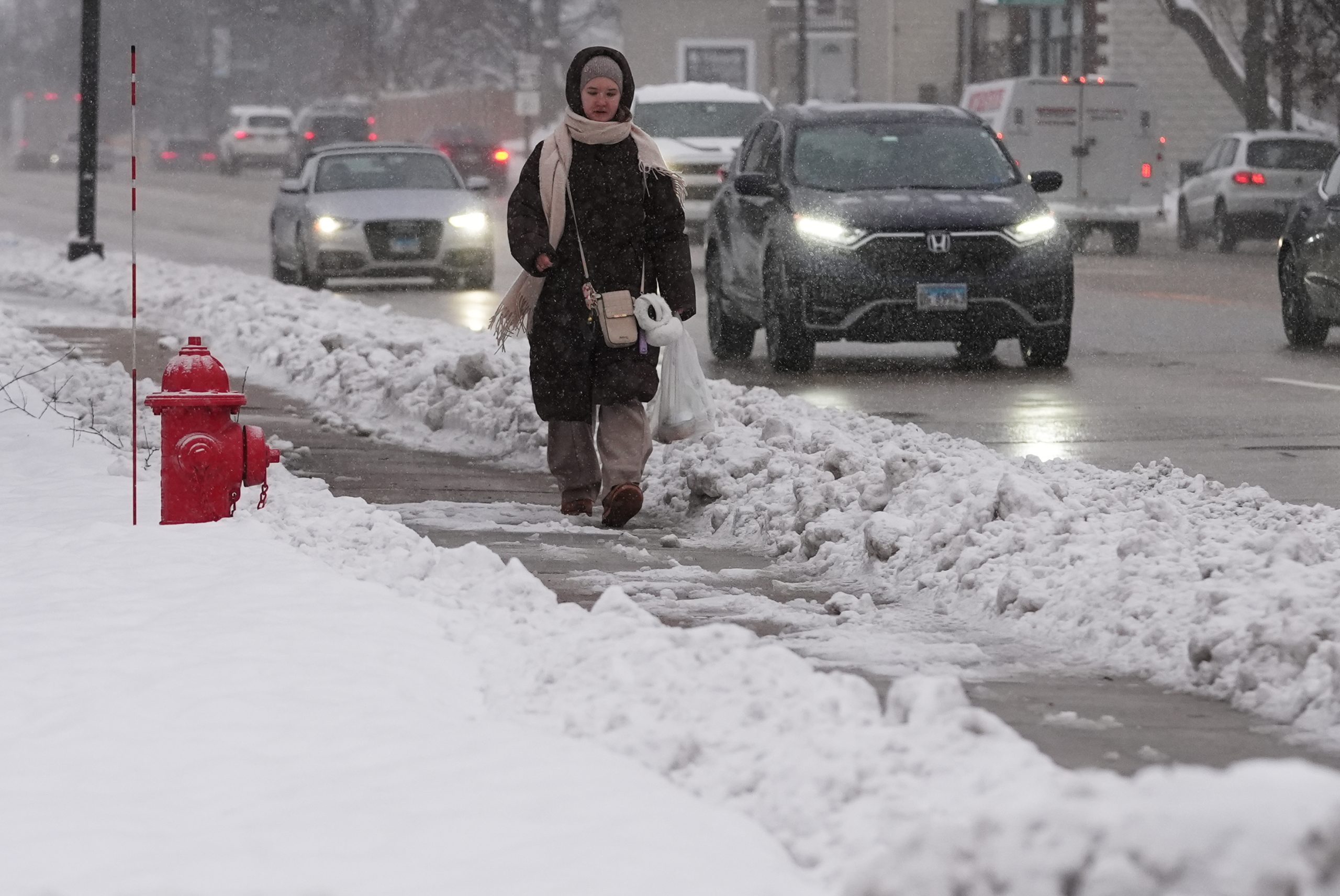Fewer than half of American workers qualify for a retirement plan through their job. But that lack of access is markedly worse in some states, which researchers warn could face a spike in senior poverty as a result, according to new study.
About 69 million workers, or 56% of the nation’s workforce, lack access to a retirement plan through their workplace, the Economic Innovation Group found in its analysis of 2021 Census data. The share is highest in Florida, where almost 7 in 10 workers are unable to put money away in an employer-sponsored plan, and lowest in Iowa, where it is about 4 in 10.
Americans’ retirement readiness is cleaved by income and profession, with higher-income households far more likely to have socked away funds for their later years than low-wage workers. But there’s also a geographic divide, with workers in the South less likely than those in the Midwest to have access to employer-sponsored plans, the analysis found.
“It definitely limits the ability of those workers to really take advantage of probably the more prominent vehicle” for retirement savings in the U.S., Benjamin Glasner, associate economist at EIG, told CBS MoneyWatch.
He added, “If you don’t have access to it, you can’t even begin to start taking advantage of the tax benefits of those plans. And that’s a pretty big hurdle to try to overcome solely on your own.”
Midwestern workers are the most likely to have access to employer-based retirement plans, at 49%, while those in the South are the least likely, with only 42% able to tap a 401(k) or the like, the research found.
The retirement plan gap isn’t necessarily linked to state politics or a blue-red divide, Glasner noted. For instance, Democratic-run California is among the states with a higher share of workers without access to employer-sponsored plans, which is likely due to its share of low-wage workers in industries that don’t typically offer retirement plans, such as construction.
“If we don’t have the ability to get [workers] involved in generating a real nest egg, then it’s going to prove to be high rates of elderly poverty in those states long-term,” Glasner said.
The findings underscore the gulf between what people will need as they age and what they’ve actually socked away. Recent research found that almost 3 in 10 Americans nearing retirement don’t have a penny saved for their post-employment years.
Not surprisingly, the issue is more acute for low-wage workers, with EIG finding that people with annual earnings of less than $37,000 are less likely to have access to retirement plans through their workplace. About 70% of Americans who are working and who earn below this amount don’t have access to 401(k)s or other employer-sponsored plans, the research found.
And even when low-wage Americans have access to employer-sponsored retirement plans, they are less likely to participate in saving than higher-income workers, the research found.
At the same time, the retirement gap is worsening for older low-wage Americans. In 2019, only 1 in 10 low-income workers between the ages of 51 and 64 had set aside anything for retirement, versus 1 in 5 in 2007, according to a recent analysis by the U.S. Government Accountability Office.
“A low-income worker is trying to decide whether they need to put that dollar in cash savings to help deal with their present needs versus being able to try and save it for the long term,” Glasner noted. “They’re going to have a much harder time justifying putting it farther away if they have needs today.”




